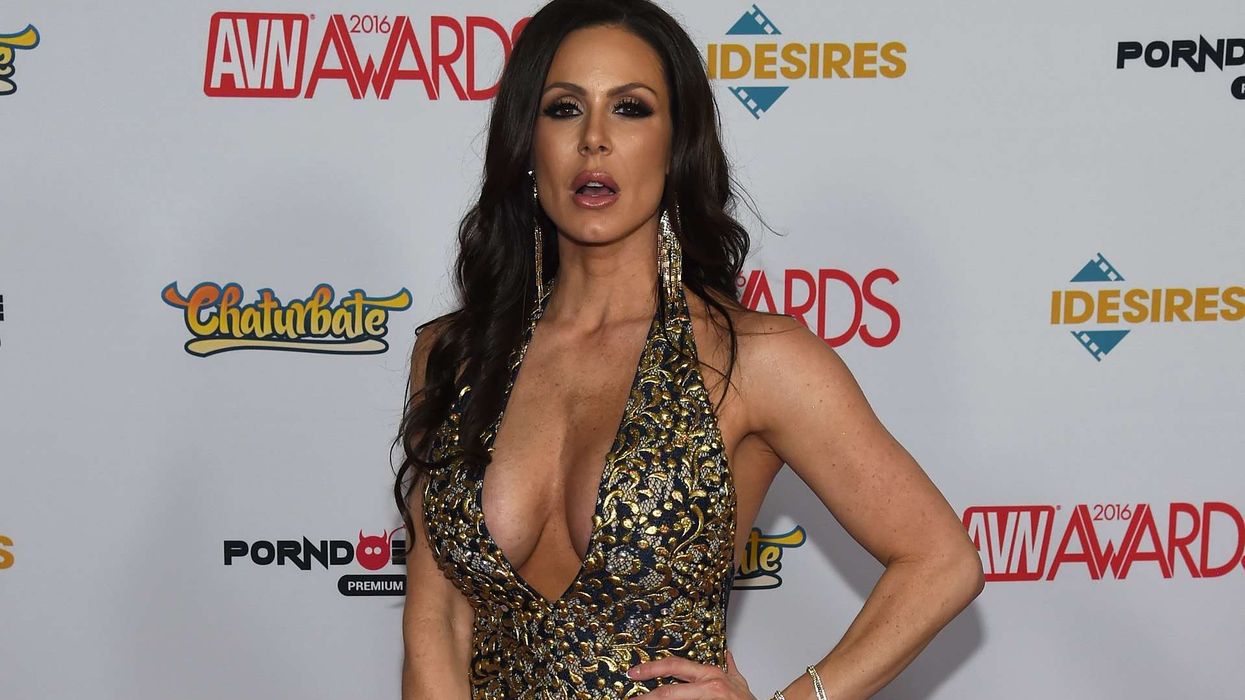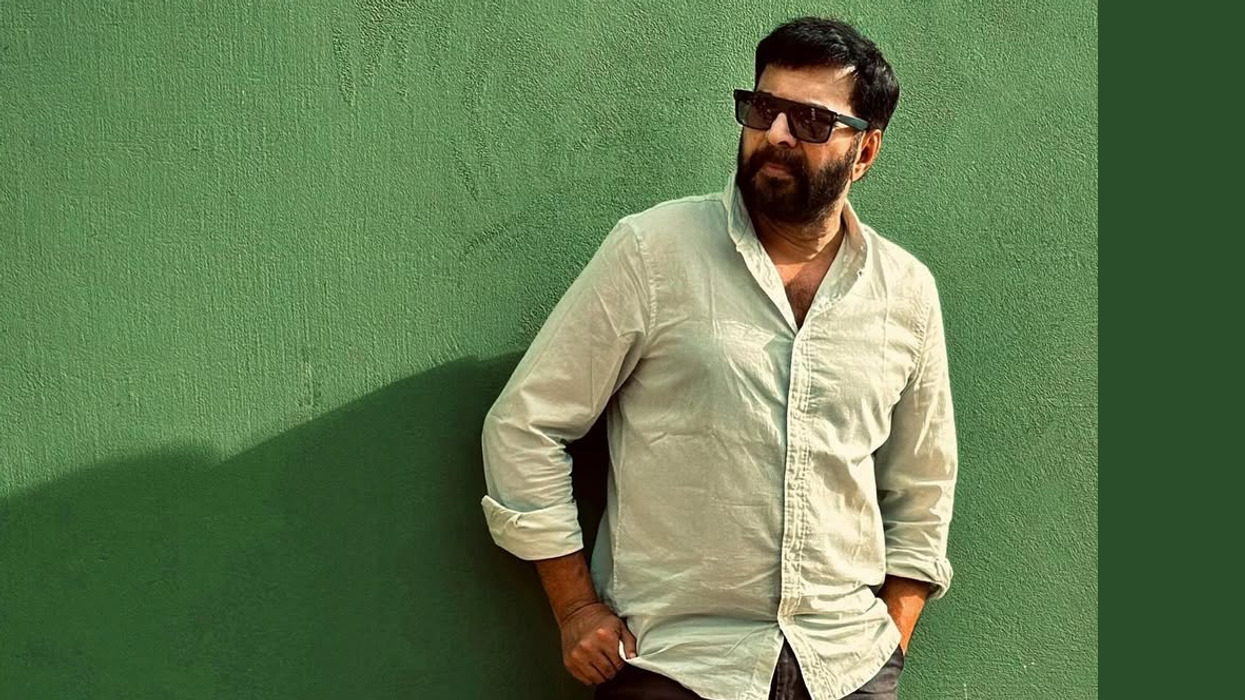REVIVAL OF PROTESTS AGAINST RACISM GIVES AMRITRAJ’S FILM ADDED RELEVANCE
by AMIT ROY
THIS is a movie that can be rated “AAAA” even before it is made – a film about the black tennis legend Arthur Ashe by the Indian Hollywood icon Ashok Amritraj.
Ashe, who grew up in an America in which he found sports clubs barred to non-whites, made history as the first black tennis player who won the US Open in New York in 1968, the Australian Open in Sydney in 1970, and capped it all by winning Wimbledon in 1975 when he beat Jimmy Connors 6-1, 6-1, 5-7, 6-3 in the final. In his memoirs, Days of Grace, Ashe recalled how Connors had smacked the ball “with a force that bordered on vindictiveness”.
Amritraj is chairman and CEO of the Hyde Park Entertainment group and has produced more than a hundred films in Hollywood during the past 35 years, casting many of the biggest stars in the business. He announced the “Arthur Ashe biopic” project recently after two years doing the groundwork.
“I’ve been presented a lot of tennis movies over the years and nothing has ever struck my fancy,” he admits.
“This was one that always intrigued me. Many people have tried to do the Ashe story because it’s both inspiring and aspirational. “In this time in a divisive world, it’s very much a healing story.”
Amritraj adds, “he is somebody you compare to an Obama type of character,” referring to the former US president Barack Obama, who served two consecutive terms in the White House.
Two developments have given his film added relevance and urgency. One is the revival of the “Black Lives Matter” protests, following the death of George Floyd in US police custody. The other is the attack last week on the Arthur Ashe memorial in Richmond, Virginia, the city where he was born on July 10, 1943, and where Ashe first learned to play tennis in the public courts. “White Lives Matter” had daubed “WLM” on the structure, which was further defaced with “BLM” sprayed on top.
Social media users condemned the vandalism as “disgusting” and “disgraceful”.
Amritraj’s words are measured: “It’s a very, very emotionally charged time. Crazy, crazy time. It’s hard to blame people who are going through such a hard time, with Covid, followed by George Floyd, followed by the uncertainty of openings and closings of cities and communities.”
The film is “about his growing up and making it as a black man in a white man’s world,” Amritraj explains.
“Arthur was so much more than a great tennis player … while he did have a voice in civil rights in the US, he really found his voice [opposing] the apartheid policies of South Africa.
“In 1974, he played there. It was the first time ever that blacks and whites could sit next to each other, watching this extraordinary black man beat these white tennis players all the way to the final, where Connors beat him. It was a bit of a let-down, but then it was followed by the Wimbledon final where he beat Jimmy.”
When Ashe was a boy, “his father told him to keep his eyes down when he was playing tennis. That’s how he was raised.”
The “sensibilities” of the youth were “discovered” and nurtured by a black physician, Dr Robert Walter Johnson, the “godfather of black tennis” who set up an all expenses paid “American Tennis Association Junior Development Programme for African-American youths”.
Ashe’s victory in 1968 was poignant as it happened after the assassinations of Robert Kennedy and Martin Luther King Jr, as well as anti-Vietnam War and civil rights protests.
Ashe, who also fought for AIDs patients, is believed to have contracted HIV from a blood transfusion he received during a heart bypass surgery. He publicly announced his illness and founded the Arthur Ashe Foundation for the Defeat of AIDS and the Arthur Ashe Institute for Urban Health before his death at the age of 49 on February 6, 1993. On June 20, 1993, Ashe was posthumously awarded the Presidential Medal of Freedom by US president Bill Clinton.
It helps that Amritraj, 64, has himself played at Wimbledon, along with his elder brothers, Anand, 68, and Vijay, 66 (he starred in the 1983 Bond film, Octopussy).
“One of these iconic matches which I watched in 1975 was when he beat Connors in the finals. And I had reached the finals of the Wimbledon juniors in 1974.”
Amritraj had known Ashe and his wife Jeanne socially in the 1970s: “I played him in the mid-70s at a WCT (World Championship Tennis) event in St. Louis, Missouri. And we had a good match – and he won.”
Jeanne is to be an executive producer of the film. Also working on the biopic is Amritraj’s 26-year-old daughter, Priya, who is vice president of Hyde Park, where she oversees the dozen or so films in various stages of development.
She is also involved in Hyde Park’s Asia division, which is making Maximum City, directed by Anurag Kashyap and based on Suketu Mehta’s book, and Paradise Towers, adapted from Shweta Nanda’s novel, in partnership with Zoya Akhtar.
The screenplay for the Ashe movie is being written by the Oscar-winner Kevin Willmott, while Warner Music is a partner. Since Amritraj announced the movie, “there has been an extraordinary amount of interest from African American actors across the board, who have called in. I was extremely surprised at the wonderful response that we got from both actors and directors who said that ‘when you’re ready, we’d love to talk about it’.”
He is confident there is a sufficiently big pool of black actors right for the lead role. “Oh, yes, definitely, there’s half a dozen actors I can think of who would be amazing for the role.”
He had the idea for the movie, expected to be released by the end of next year, long before the tragedy in Minneapolis. “Oh, my goodness, for a few years now.”
There are personal reasons why Amritraj is well placed to understand what Ashe went through. “When one looks back, I was certainly in the early 1980s going into Hollywood very much as a brown man in a white man’s world. You didn’t think about racism and all that stuff. You just thought about making it. Certainly, many of the things that took place at that time could qualify as racism. Being the first at anything or being early in anything is damn tough.
“At that point, there were no Indian producers in the Academy (of Motion Picture Arts and Sciences) – there was really nobody (non-white) in Hollywood. There was obviously banging on a lot of doors for almost a decade.”
Today, Amritraj, the UN India goodwill ambassador, is passionate about pushing diversity. “I serve on various executive committees and boards these days for diversity and inclusion. I serve on the Academy of Motion Picture Arts and Sciences executive Committee for diversity and inclusion.”
He says about the Ashe film: “It’s just a terrific story of how he grew up very much a black man in what was the epitome of a white man’s sport at that time. And then there’s his influence when he went to South Africa. I think it’s just a great story.”

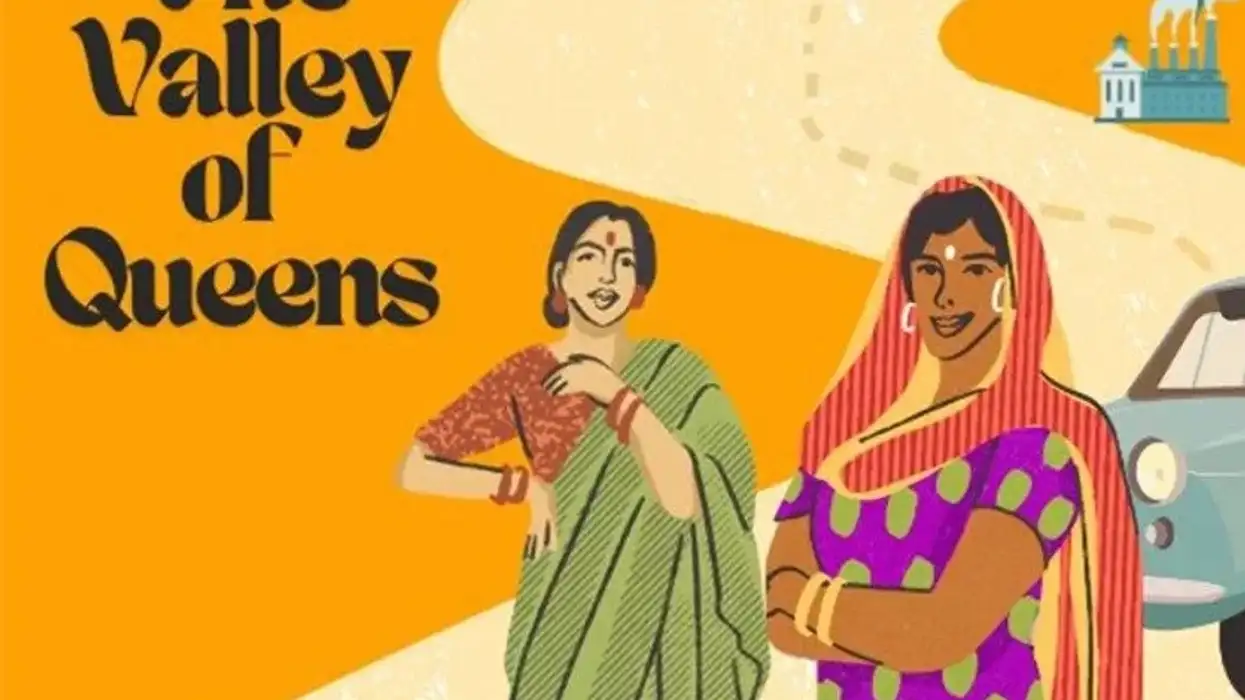
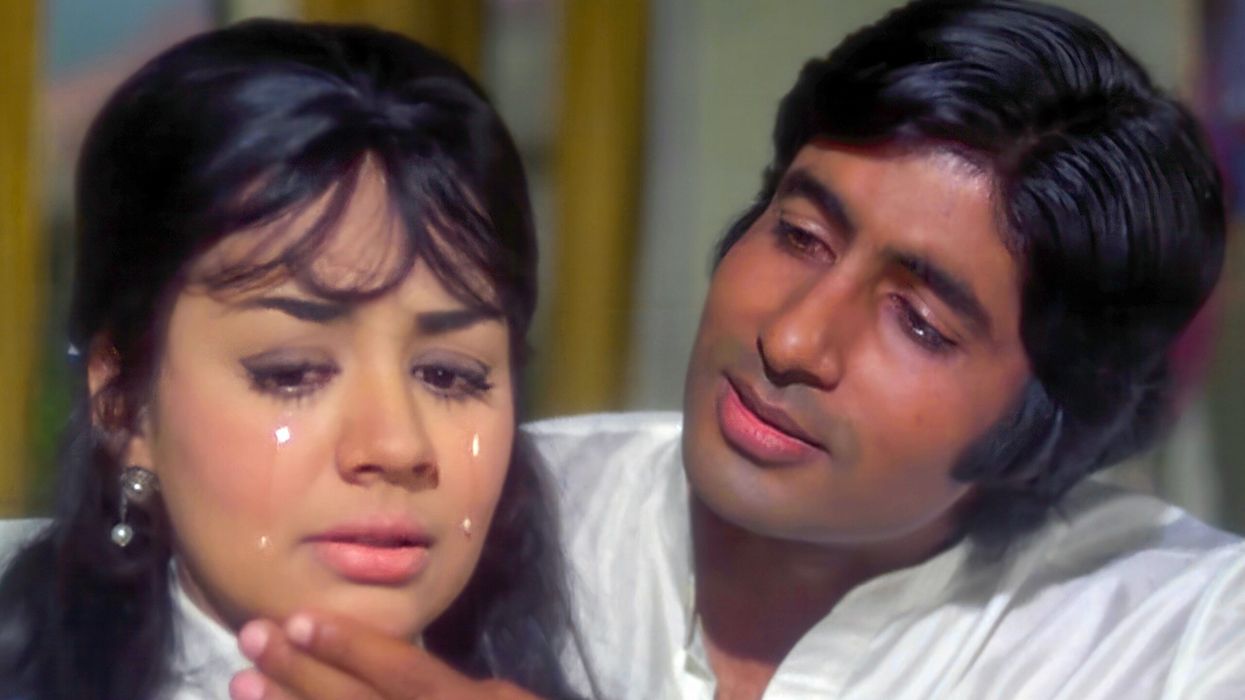
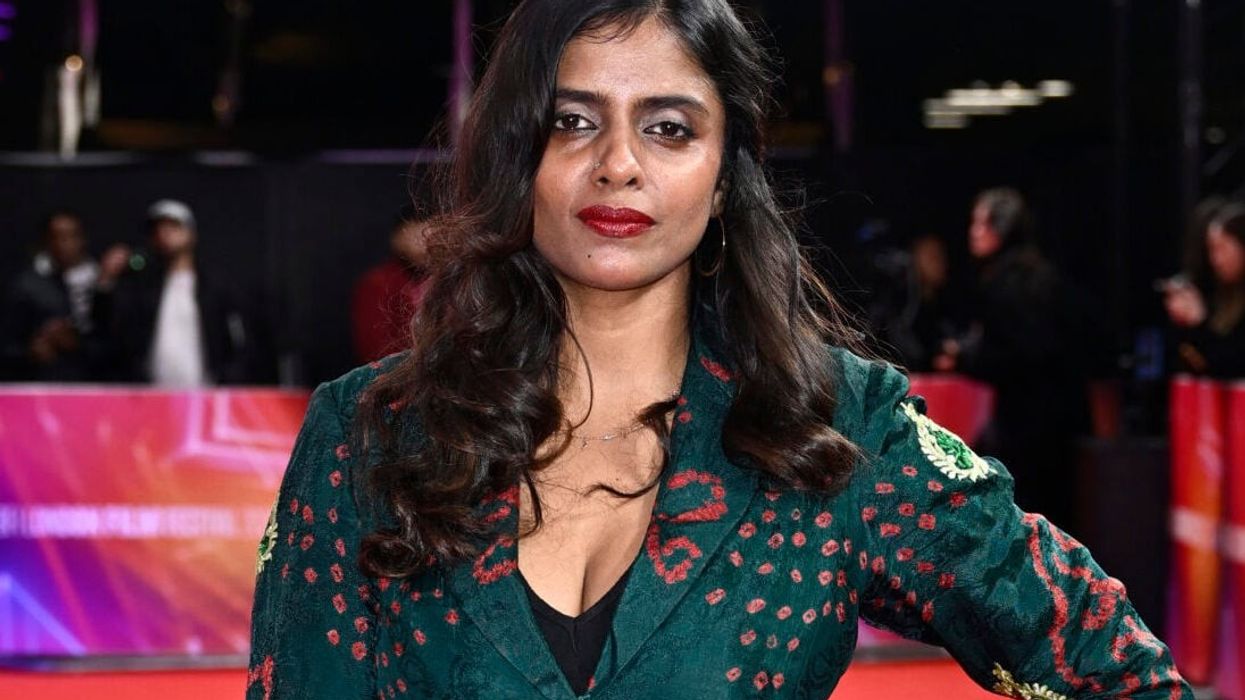

 The BFG - production images Royal Shakespeare Company/(c) Marc Brenner
The BFG - production images Royal Shakespeare Company/(c) Marc Brenner 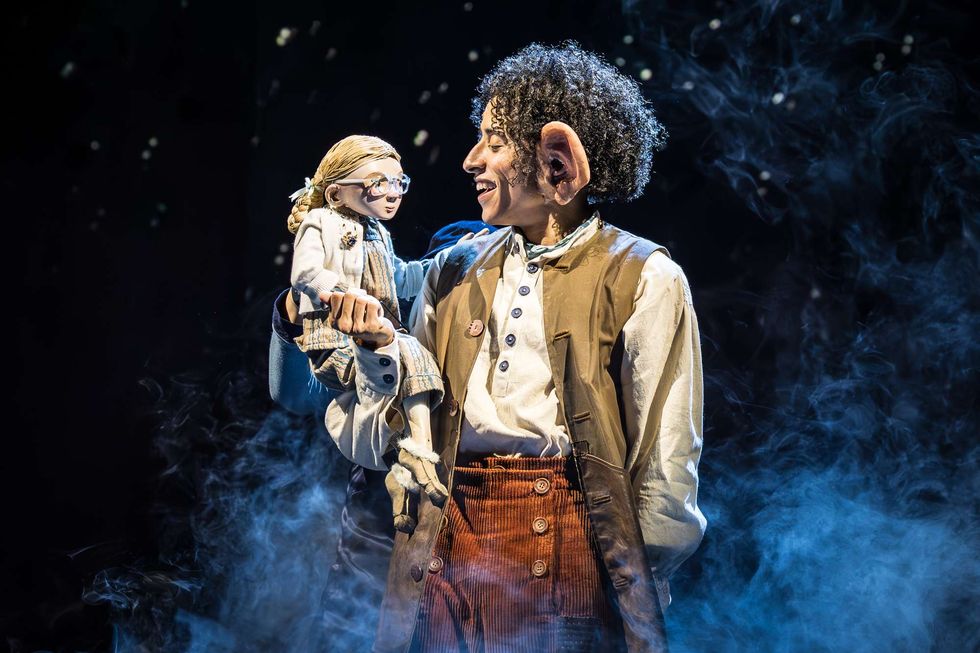 BFG production images, directed by Daniel Evans. Royal Shakespeare Theatre, taken in November 2025.Royal Shakespeare Company/(c) Marc Brenner
BFG production images, directed by Daniel Evans. Royal Shakespeare Theatre, taken in November 2025.Royal Shakespeare Company/(c) Marc Brenner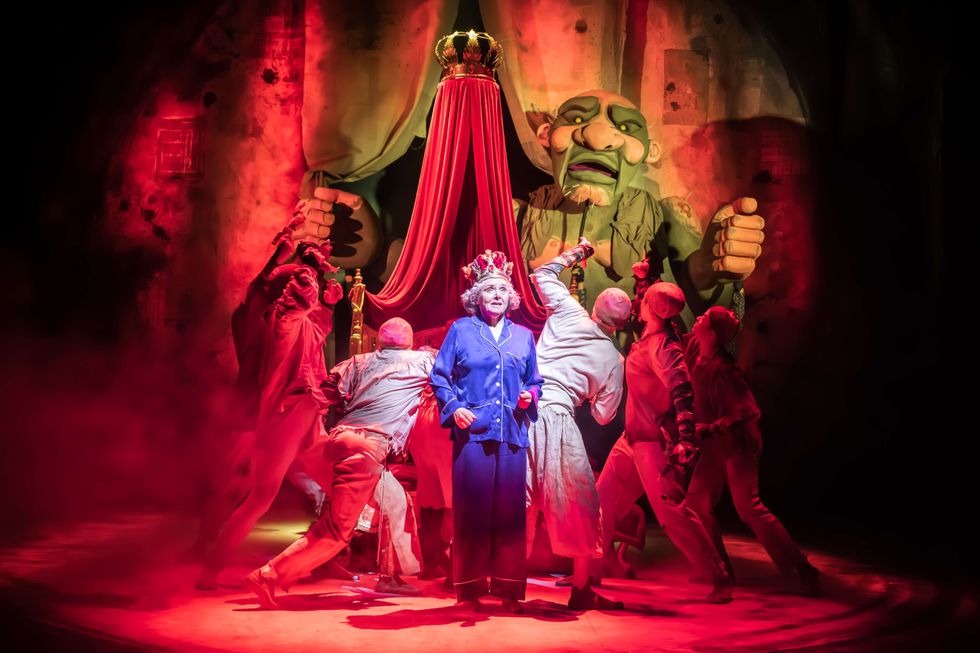 BFG production images, directed by Daniel Evans. Royal Shakespeare Theatre, taken in November 2025.Royal Shakespeare Company/(c) Marc Brenner
BFG production images, directed by Daniel Evans. Royal Shakespeare Theatre, taken in November 2025.Royal Shakespeare Company/(c) Marc Brenner

